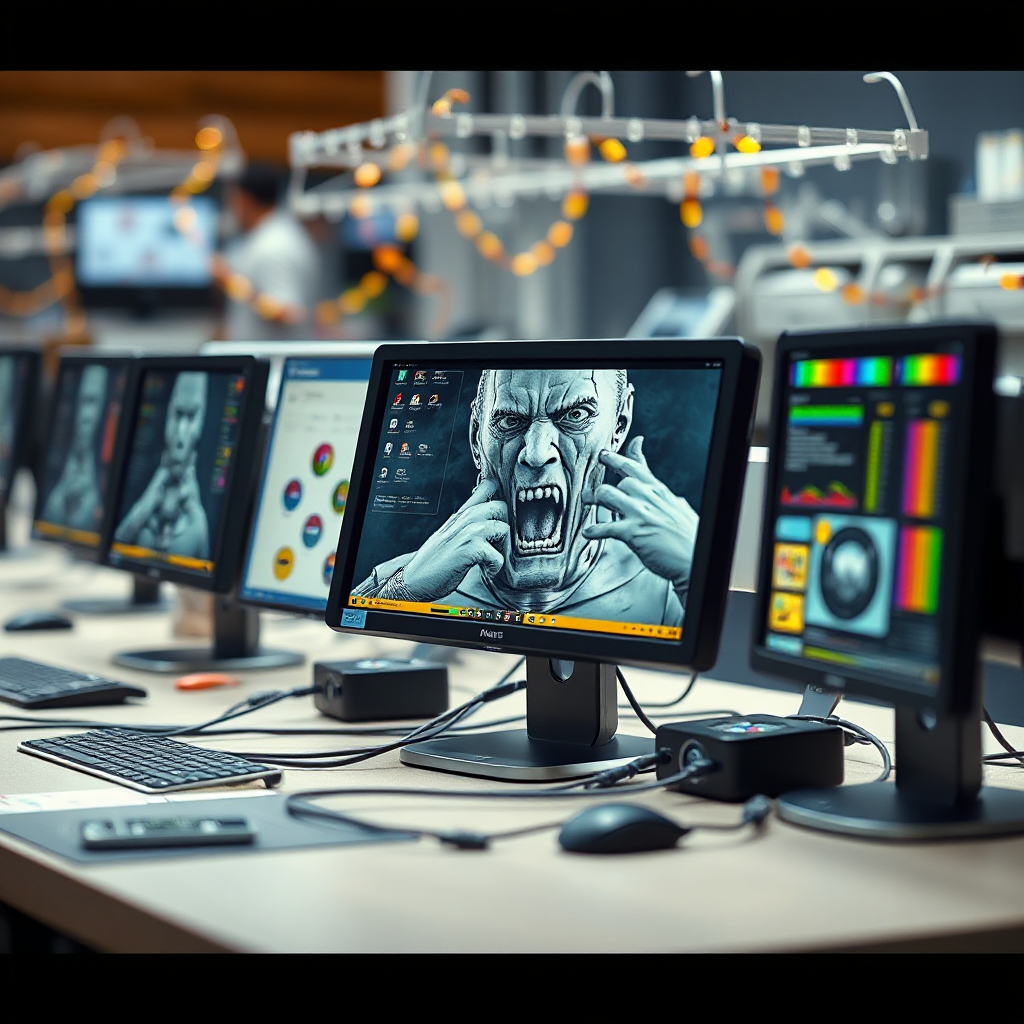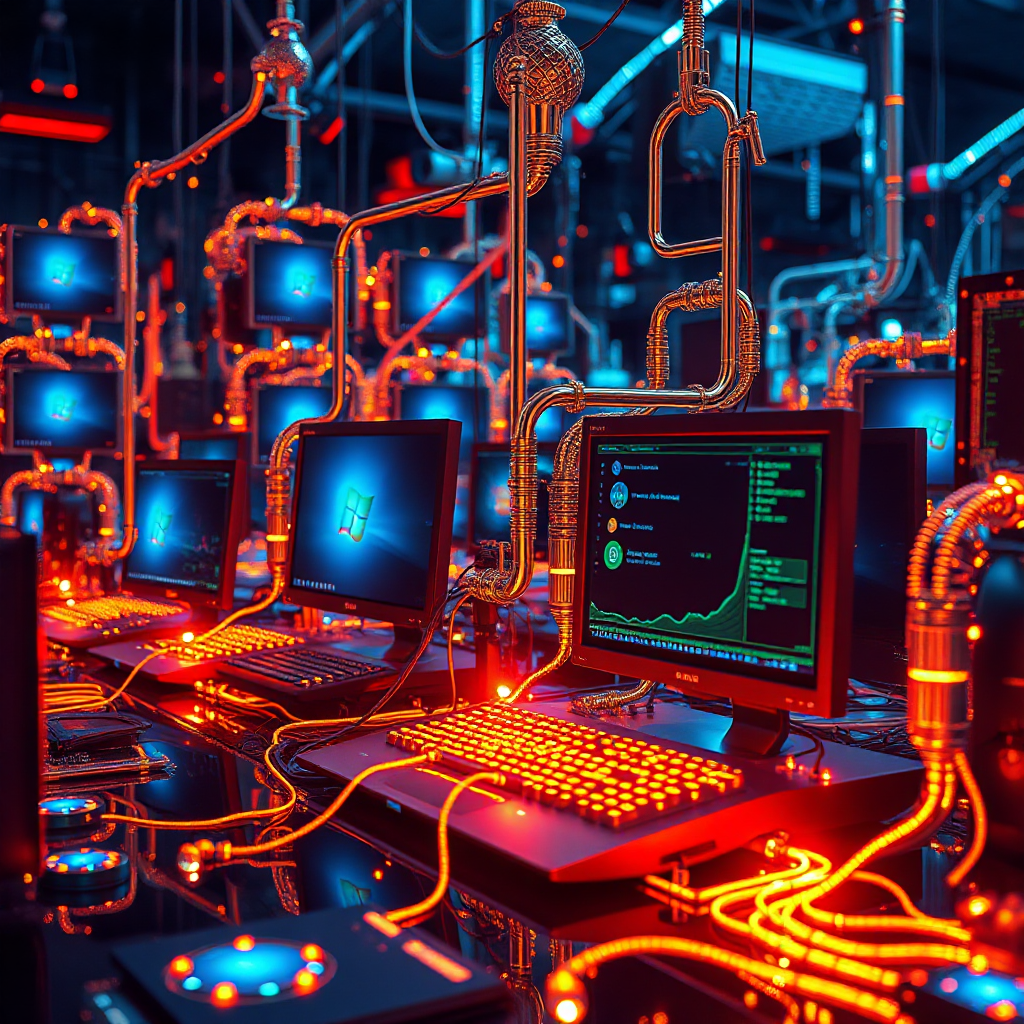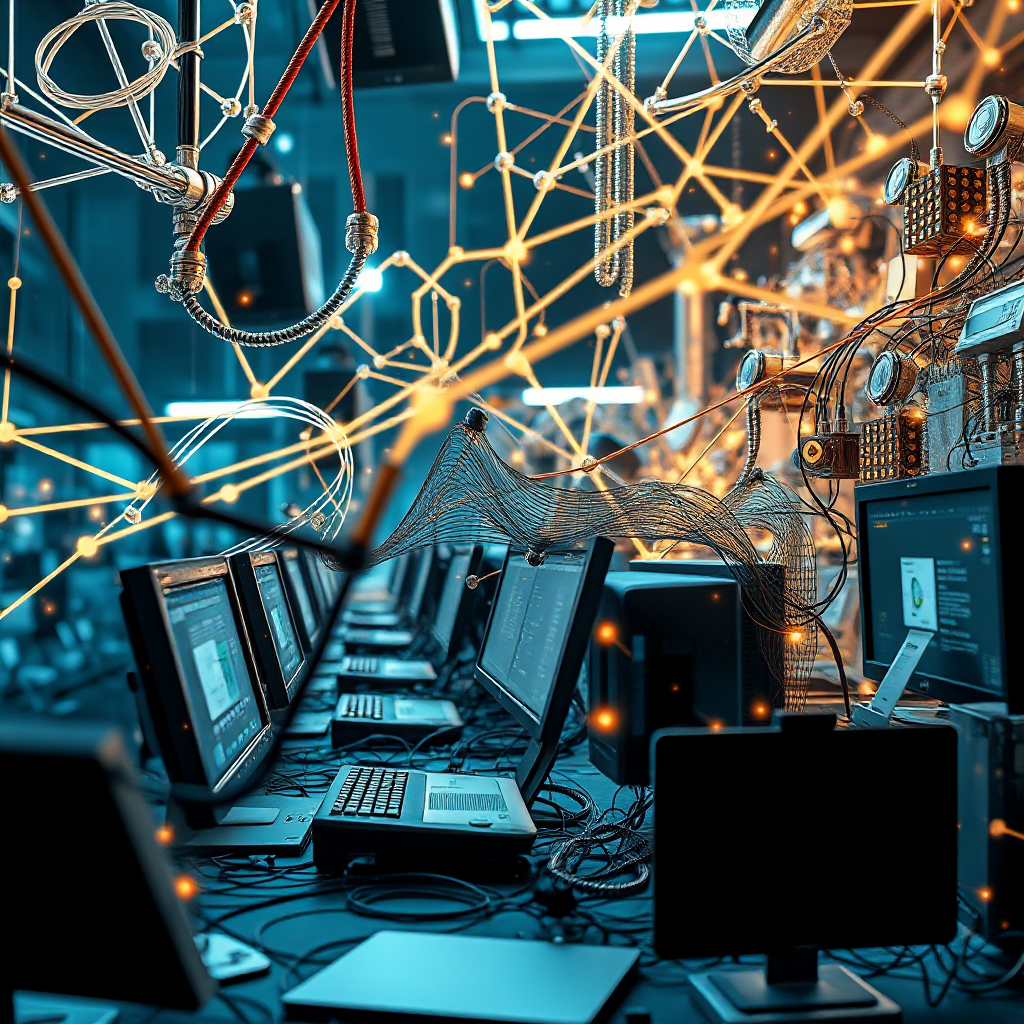
We’re in the midst of a major transformation called the Agentic Shift-a fundamental change in how we interact with artificial intelligence. For years, AI has been seen as a tool: something we control directly, giving it step-by-step instructions and waiting for it to respond. But now, with the rise of autonomous AI agents, that relationship is evolving. Instead of just following commands, AI systems are starting to think, plan, and act on their own to achieve goals. This shift moves AI from being a passive assistant to becoming an active digital worker, reshaping the way we manage tasks and workflows.
At the forefront of this change are technologies like Auto-GPT, BabyAGI, and CrewAI-the new generation of AI agents. These systems don’t wait for detailed instructions. Instead, you give them a broad objective, and they break it down into smaller tasks, working through them independently. They can browse the web, use APIs, access databases, and even collaborate with other AI agents to tackle complex projects. This newfound autonomy means AI can now handle everything from research and content creation to customer support and software development, freeing us from much of the repetitive digital “busywork” that once took up so much of our time.
What makes the Agentic Shift truly revolutionary isn’t just the technology itself-it’s what it means for the future of work. Autonomous AI agents are poised to become essential partners in businesses, startups, and creative fields alike. They offer a level of scale and efficiency we’ve never seen before, allowing entrepreneurs, marketers, engineers, and everyday workers to delegate routine tasks and focus more on strategy, creativity, and decision-making. Rather than replacing humans, these AI agents amplify our abilities, acting as tireless collaborators who don’t need breaks, don’t get bored, and never lose focus.
But with this power comes responsibility. As AI agents become more capable, important questions arise about ethics, control, and trust. How do we make sure these agents make decisions that align with human values? How do we prevent them from spreading misinformation or causing harm? Building safe, ethical AI means creating strong governance, transparency, and thoughtful design. It’s about more than just smarter machines-it’s about systems that are accountable, fair, and serve the greater good.
In many ways, the Agentic Shift echoes past technological revolutions like the rise of personal computers or the internet. Each brought incredible opportunities alongside disruption. The rise of autonomous AI workers is no different. It challenges us to rethink what work, creativity, and collaboration really mean. Those who embrace this shift with an open mind-learning to work alongside AI agents instead of resisting them-will be better prepared for the future of productivity and innovation.
At its core, the Agentic Shift reminds us that AI is no longer just a tool waiting for instructions. It’s becoming an active partner in our work and lives. Navigating this change wisely means embracing the benefits of autonomous AI while setting clear ethical boundaries, promoting transparency, and keeping human values at the heart of progress. As we step into this new era, one thing is certain: the future of work will be a powerful collaboration between human creativity and autonomous AI intelligence like never before.






